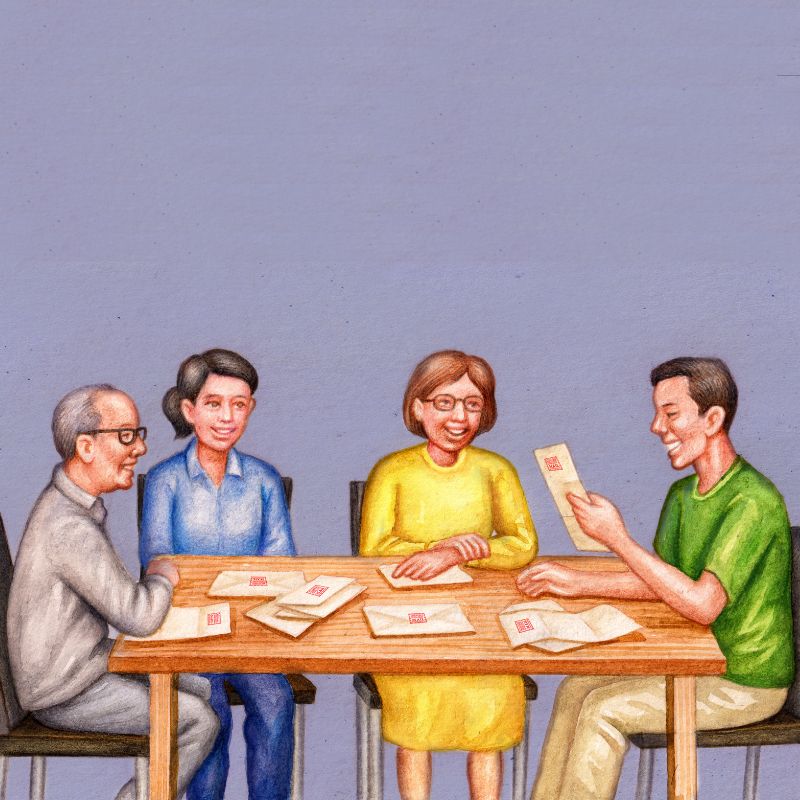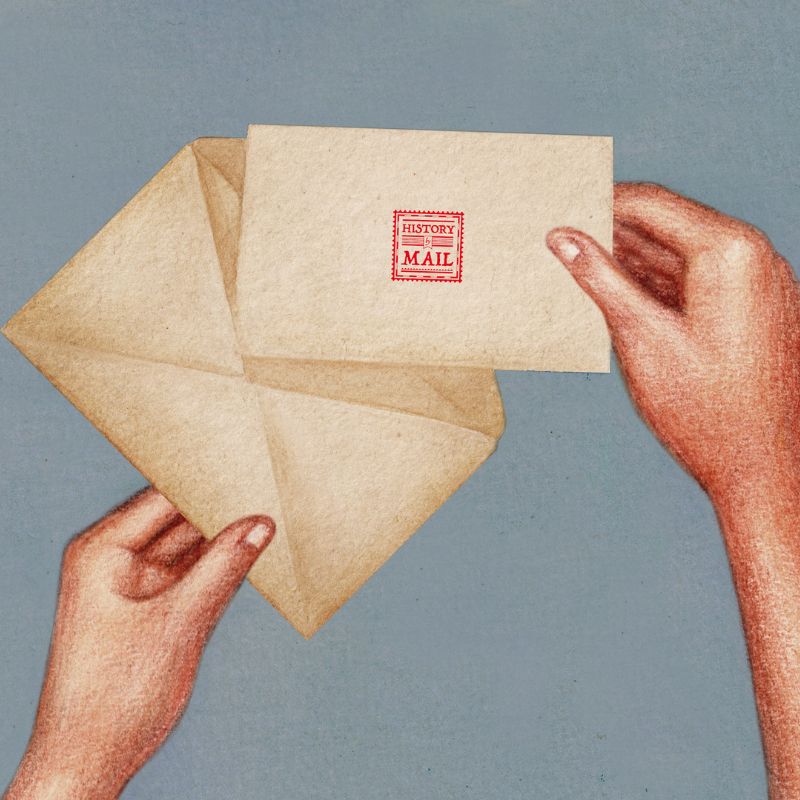
Sorry, there are no products in this collection
Step into the past through the brushstrokes and ink of our "Prints & Documents" collection. Each piece is a visual time capsule, preserving history's most significant moments in artful detail. From the iconic "Declaration of Independence" to Abraham Lincoln's transformative words, let history adorn your walls and connect you to the narratives that have shaped humanity.
Welcome to a gallery where history lives and breathes, inviting you to relive its essence through the power of art.
As Seen On

3 Benefits of Learning History By Mail
Frequently Asked Questions
History By Mail is a monthly subscription service for replicas of historical letters and documents. Each replica comes with a separate document explaining the context of the letter including its author, recipient, and relevance to the events of its time, as well as a transcription when necessary.
Letters come once every month and are charged either monthly, every 6 months, or annually (depending on your subscription plan).
Simply click the "Send as a gift" button on the selected subscription page and fill in the recipient's details. An email will be sent to the recipient on the date set on the "When should we tell the recipient about their gift?" field. You can choose the number of renewals you would like to gift the recipient by choosing from the "Gift Amount" options. Multiple renewals will be billed up front in a single charge. You can also add a message in the "Gift Message" section for a personalized touch.
The subscription recipient will receive a welcome letter with his or her first replica, explaining the History By Mail subscription.
If you want to purchase a subscription now, and would like the subscription to start at a later date, simply chat or email us at support@historybymail.com immediately after placing an order to let us know your desired ship date.
When you purchase a subscription as a gift, you have the freedom to choose when to notify the lucky recipient about their special present on the "When should we tell the recipient about their gift?" field on the gift page of the chosen subscription.









